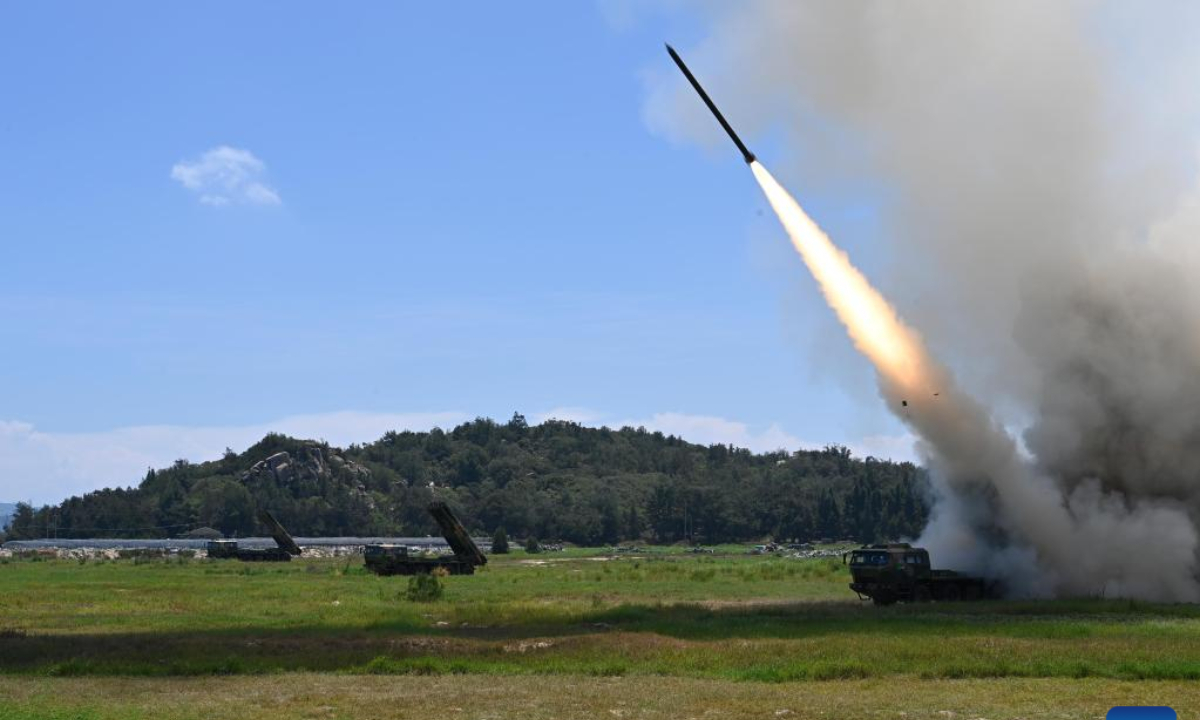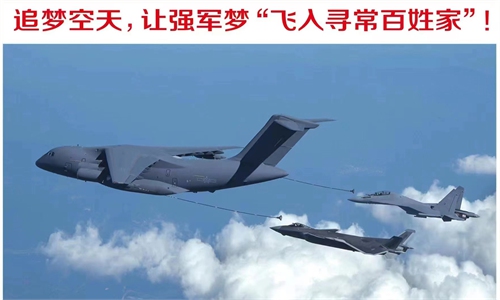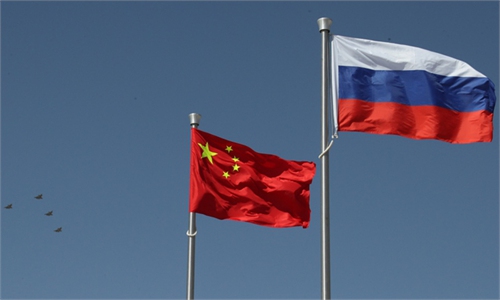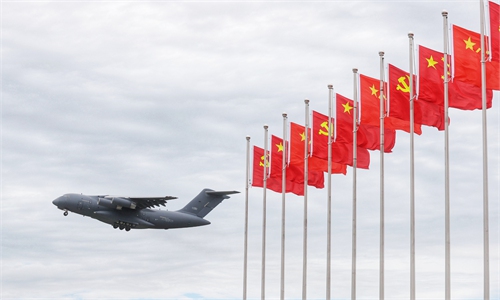US’ plan to sell missiles to Taiwan island after Pelosi’s visit slammed as provocative, futile

The army of the Eastern Theater Command of the Chinese People's Liberation Army (PLA) conducts long-range live-fire drills in the Taiwan Strait, Aug. 4, 2022. The Eastern Theater Command on Thursday conducted joint combat exercises and training around the Taiwan Island on an unprecedented scale. Photo:Xinhua
The US is reportedly planning to sell an arms package involving anti-ship and air-to-air missiles worth $1.1 billion to the island of Taiwan only weeks after US House Speaker Nancy Pelosi’s provocative visit to the island, a move analysts said on Tuesday is yet another ill-intended provocation that will only escalate tensions in the region.
While the arms sale will be futile in changing the absolute superiority of the Chinese People’s Liberation Army (PLA) over Taiwan’s armed forces, the PLA will be well-ready to deal with them, experts said.
The Biden administration plans to formally ask Congress to approve an estimated $1.1 billion arms sale to Taiwan, US news outlet Politico reported on Monday, citing sources with direct knowledge of the package.
The package will provisionally include 60 AGM-84L Harpoon Block II anti-ship missiles for $355 million, 100 AIM-9X Block II Sidewinder tactical air-to-air missiles for $85.6 million, and $655.4 million for a surveillance radar contract extension, the sources said.
On August 2, Pelosi made a provocative visit to the island of Taiwan, seriously violating China’s sovereignty, and led to immediate and resolute countermeasures from the PLA in the form of large-scale military exercises that have become routine since.
Following these, the latest US arms sale plan to Taiwan island is yet another provocation, because it has sent another wrong signal to the “Taiwan independence” secessionist force, as the weapons chosen to be sold are pointed at empowering the secessionists to resist reunification by force, a Beijing-based military expert told the Global Times on Tuesday, requesting anonymity.
The Harpoon is a type of anti-ship missile that aims at warships, and the Sidewinder air-to-air missile targets warplanes, and the surveillance radar could detect missiles, the expert said.
The PLA drills around the island of Taiwan earlier this month, seen by analysts as a rehearsal of a reunification-by-force operation, featured island encirclement with warships and warplanes as well as fire strikes by long-range rockets and conventional missiles, according to official reports.
Despite their potential threats, the US weapons will not change the military power balance across the Taiwan Straits with the PLA having absolute advantages, as the launchers of the Harpoon missiles, the F-16 fighter jets that carry the Sidewinder missiles and the surveillance radar will be among the first targets of the PLA, analysts said.
Satellites, large reconnaissance aircraft and reconnaissance drones will spot those targets on the ground immediately when they are deployed, which will be followed by precision strikes. Taiwan’s F-16s are also no rival to the Chinese mainland’s more powerful J-16 and J-20 fighter jets, analysts said.
By making another arms sale to the island of Taiwan, the US is only further escalating tensions in the region for its own geopolitical interests to contain China and feed its arms dealers, with the Taiwan authorities and normal people on the island paying the price, the expert said.




